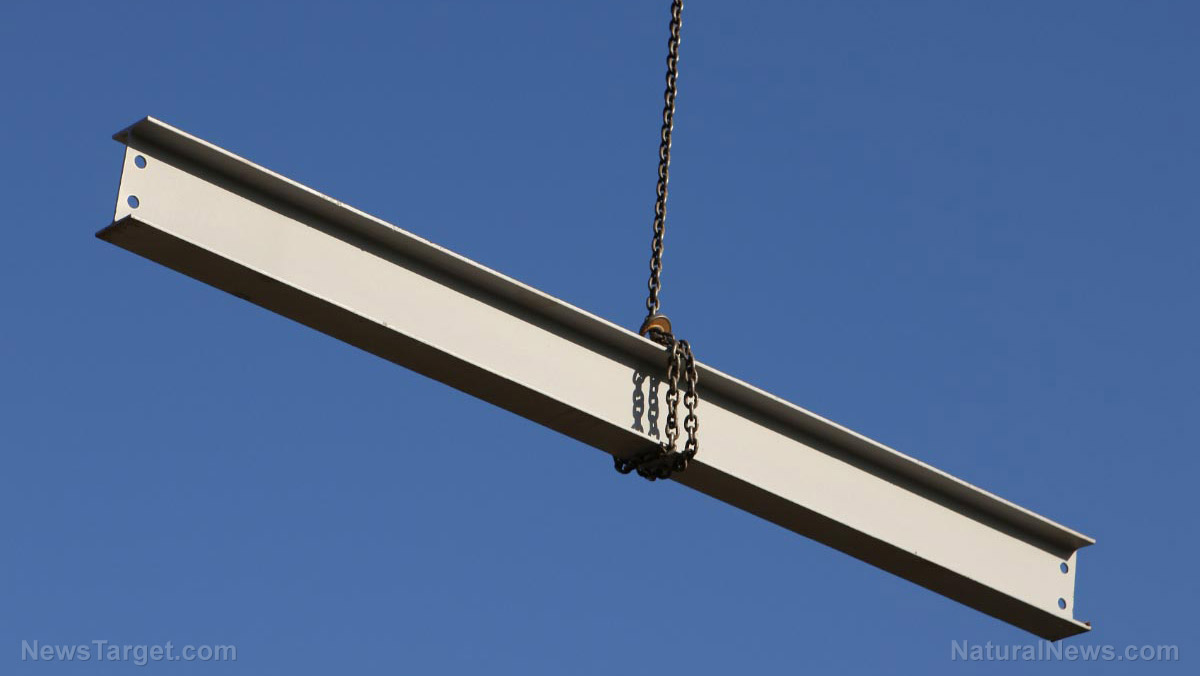
Swiss researchers have pioneered a new type of steel for the construction industry. Called "memory steel," the alloy eschews the need for the complex process of hydraulic prestressing, stated a Newswise article.
Concrete buildings rely on steel reinforcements to stiffen their frames. The metal used in these structures are usually prestressed through hydraulic means.
A complicated network of devices apply the hydraulic stress needed by steel reinforcement. The tension cables are directed by ducts, anchors transfer the force to the right places, and hydraulic jacks support heavy loads.
These devices need a lot of room in order to work properly. Modern prestressed concrete structures are designed with the space to accommodate this hydraulic network.
Older structures may not have enough room for some or even all of these devices. They are much more difficult to reinforce, so efforts to improve their structural integrity are more likely to fail.
The Swiss Federal Laboratories for Materials Science and Technology (Empa) and building materials company re-fer AG have come up with a better alternative. They spent the last 15 years developing a selection of iron-based shape memory alloys.
From carbon fiber to nickel-titanium alloy to "memory steel"
Shape memory metals shrink when they are heated. This can be done by running an electric current through the material or bathing them with heat from infrared radiators.
After they are "cooked," the shape memory steel will prestress a concrete structure on a permanent basis. There is therefore no need to build and install hydraulic prestressing apparatuses that require so much room.
Empa and re-fer AG have secured the name "memory steel" for their new product. They also reported successful results for early projects using the shape memory alloy. One of the pilot programs used the new metal to reinforce different kinds of concrete slabs.
Memory steel is the culmination of developmental efforts that date back to the 2000s. Empa started out by creating carbon fiber reinforced polymers (CFRP) that could also be used to prestressing concrete.
They used their work with CFRPs as a stepping stone to develop shape memory alloys capable of reinforcing concrete. Their initial alloy was made up of nickel and titanium. While effective, it was also too costly for mass production.
By 2009, Empa researchers created a new shape memory alloy that used much cheaper iron. Three years later, several of these researchers founded re-fer AG to produce and commercialized the alloy.
Taking some of the load off old concrete structures
Every new door, lift shaft, and window that gets added to a building also weakens the load-bearing structure. There are also industrial buildings that needed to strengthen their existing suspended slabs. These older structures will have limited space to fit conventional reinforcement methods.
This is where memory steel comes in. One proposed method calls for a strip of the shape alloy steel to be attached to the bottom of the ceiling. The strip is heated so that it shrinks to the right size.
Another method sets the metal inside the concrete. For this method, construction workers will mill a groove into the surface of the slab that can fit a ribbed reinforcement bar of memory steel. The groove is packed with mortar and the profile is heated with electricity. Or the bar can also be embedded in a new layer of shotcrete instead.
Empa researchers believe their memory steel could be used to make precast concrete parts in previously impossible shapes. Hydraulic prestressing causes severe friction in highly curved surfaces, but the shape memory alloy can eliminate the friction.
FutureScienceNews.com has more articles about new alloys that can revolutionize the way we build structures.
Sources include:
Please contact us for more information.





















